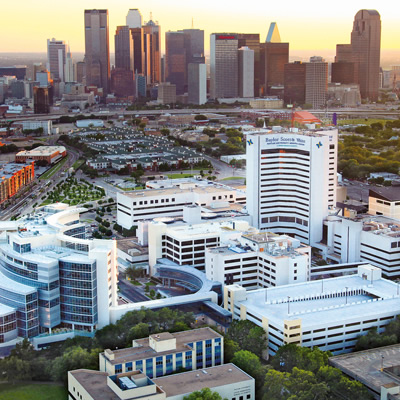EVAR may be the solution you need for an abdominal aortic aneurysm
Endovascular aneurysm repair (EVAR) is one of two procedures commonly used to treat abdominal aortic aneurysms (AAAs). EVAR is minimally invasive compared to open heart surgery and allows your vascular surgeon to operate through small incisions and redirect blood away from the abdominal aortic aneurysm, restoring blood flow through your aorta and to the rest of your body.
Advanced repair for AAAs
An abdominal aortic aneurysm occurs when the wall of your aorta develops a bulge or aneurysm.
The aorta is your body’s largest artery, carrying blood to the abdomen, pelvis and legs. AAAs develop in the abdominal aorta, the portion of the aorta that passes through your belly. Aortic aneurysms disrupt the natural flow of blood to the abdomen, and EVAR prevents serious and even life-threatening consequences.
A similar procedure to EVAR, called thoracic endovascular aortic repair, is also available for people with thoracic aneurysms, which develop in the section of the aorta that travels through the chest.
Options for aneurysm repair
If you have an AAA, your vascular surgeon will likely recommend aneurysm surgery to prevent it from rupturing or tearing, which is known as aortic dissection.
The EVAR procedure can successfully treat many AAAs and can be a good option for people who can’t have an open aneurysm repair.
During EVAR, your vascular surgeon repairs your aneurysm through a small incision in the groin. The surgeon starts by inserting a thin tube called a catheter through the incision and guiding it to your aneurysm. The surgeon then sends a guide wire and a tiny mesh tube called a stent graft through the catheter. Once they’ve reached the aneurysm, your surgeon positions the stent graft in the aorta to direct blood flow away from the aneurysm.
A more complex form of EVAR called fenestrated EVAR, or FEVAR, works similarly. This procedure involves a graft designed to match the aorta and allows blood to flow through arteries that branch off the aorta.
FEVAR is a more complicated procedure than EVAR. While EVAR typically takes up to 2.5 hours to perform, FEVAR can take as long as eight hours.
Who is a candidate for endovascular aneurysm repair?
Your vascular surgeon will consider many factors when determining whether you’re a candidate for EVAR or another surgery, including:
- Other health conditions you may have
- The anatomy of your arteries
- The size and location of your aneurysm
- Whether you have symptoms
- Whether your aneurysm is expanding quickly
Benefits of EVAR
EVAR lowers the risk of aortic dissection when a tear develops in the inner layer of the aorta. As the stent graft strengthens the damaged area of the artery, less pressure is placed on the aneurysm, reducing the chances that it will rupture or tear.
EVAR and endograft repair are also minimally invasive procedures, which means the surgeon operates through several tiny incisions rather than the single large incision used in open heart surgeries.
Benefits of minimally invasive procedures over open heart surgeries include:
- Faster discharge from the hospital
- Faster recovery
- Fewer complications
- Less bleeding
What to expect during an EVAR procedure
Your care team will provide instructions about what to do in the days and weeks before your EVAR procedure. These instructions will include guidance about whether to take your medications and when to stop eating before the surgery.
Following AAA repair, you will typically remain in the hospital the next day for observation with minimally invasive procedures and a few days post-operation if undergoing an open surgery. Your vascular surgeon and other providers will monitor you for any potential signs of infection or other complications.
As you recover in the hospital, you'll be encouraged to get up and move around as soon as you can safely do so. When you're discharged, you'll receive another set of instructions to guide your at-home care.
Pay careful attention to these guidelines, including when you can resume normal activities, including work.
You can trust that your surgical team has your best interests at heart. Your surgeon can answer any questions you have, so you feel confident in your care.
Find a location near you
You can have EVAR and other forms of vascular surgery with an experienced team at our heart and vascular hospitals. You can receive comprehensive follow-up care at our many North and Central Texas locations. We want to ensure you continue receiving care at a location close to home.

Baylor Scott & White All Saints Medical Center - Fort Worth
1400 8th Ave , Fort Worth, TX, 76104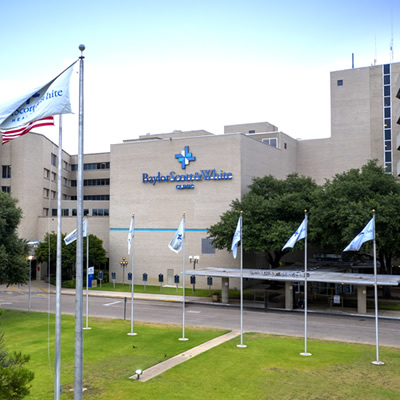
Baylor Scott & White Clinic - Temple
2401 S 31st St , Temple, TX, 76508- Monday: 8:00 am - 5:00 pm
- Tuesday: 8:00 am - 5:00 pm
- Wednesday: 8:00 am - 5:00 pm
- Thursday: 8:00 am - 5:00 pm
- Friday: 8:00 am - 5:00 pm
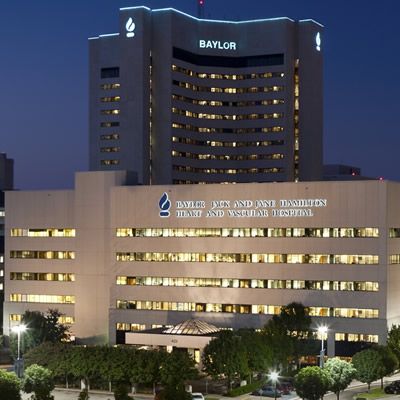
Baylor Scott & White Heart and Vascular Hospital - Dallas
621 N Hall St , Dallas, TX, 75226
Baylor Scott & White Heart and Vascular Hospital - Fort Worth
1400 8th Ave Bldg A, 6th Floor, Fort Worth, TX, 76104
Baylor Scott & White Medical Center - Centennial
12505 Lebanon Rd , Frisco, TX, 75035
Baylor Scott & White Medical Center - Frisco
5601 Warren Pkwy , Frisco, TX, 75034
Baylor Scott & White Medical Center - Grapevine
1650 W College St , Grapevine, TX, 76051
Baylor Scott & White Medical Center - Hillcrest
100 Hillcrest Medical Blvd , Waco, TX, 76712
Baylor Scott & White Medical Center - Irving
1901 N MacArthur Blvd , Irving, TX, 75061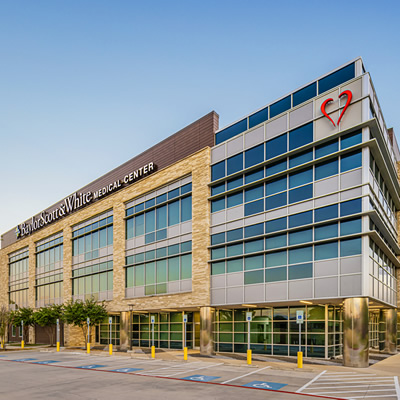
Baylor Scott & White Medical Center - Lake Pointe
6800 Scenic Dr , Rowlett, TX, 75088
Baylor Scott & White Medical Center - Lakeway
100 Medical Pkwy , Lakeway, TX, 78738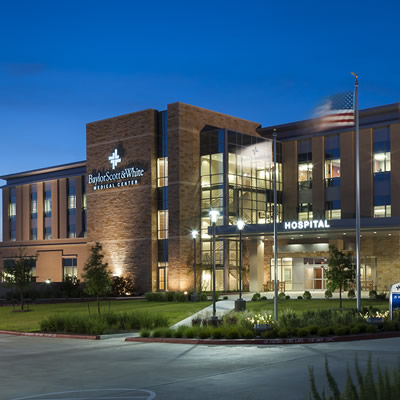
Baylor Scott & White Medical Center - Marble Falls
810 W State Hwy 71 , Marble Falls, TX, 78654
Baylor Scott & White Medical Center - McKinney
5252 W University Dr Highway 380 at Lake Forest Drive, McKinney, TX, 75071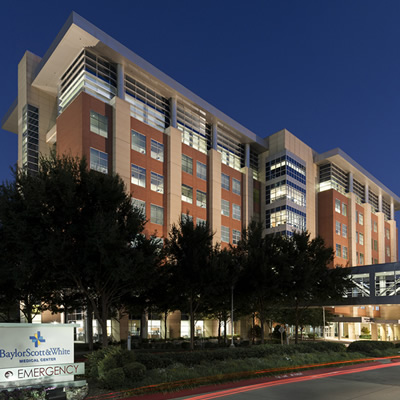
Baylor Scott & White Medical Center - Plano
4700 Alliance Blvd , Plano, TX, 75093
Baylor Scott & White Medical Center - Round Rock
300 University Blvd , Round Rock, TX, 78665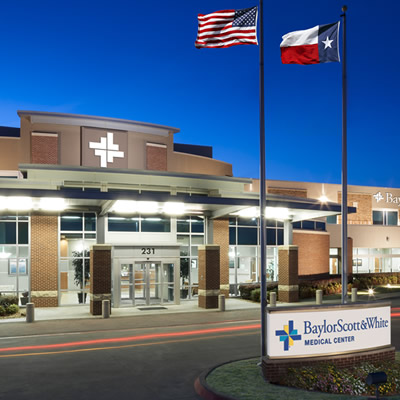
Baylor Scott & White Medical Center - Sunnyvale
231 S Collins Rd , Sunnyvale, TX, 75182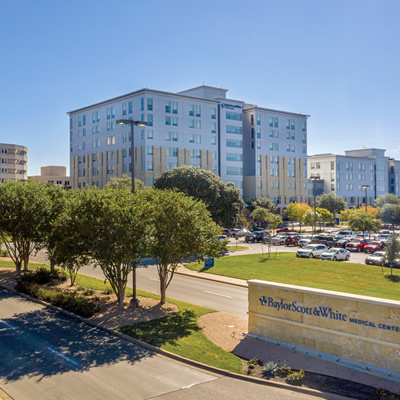
Baylor Scott & White Medical Center - Temple
2401 S 31st St , Temple, TX, 76508
Baylor Scott & White Medical Center - Waxahachie
2400 N Interstate 35E , Waxahachie, TX, 75165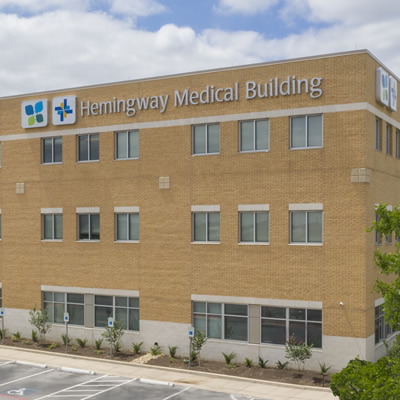
Baylor Scott & White Specialty Clinic - Killeen Hemingway
2405 S Clear Creek Rd , Killeen, TX, 76549- Monday: 8:00 am - 5:00 pm
- Tuesday: 8:00 am - 5:00 pm
- Wednesday: 8:00 am - 5:00 pm
- Thursday: 8:00 am - 5:00 pm
- Friday: 8:00 am - 5:00 pm
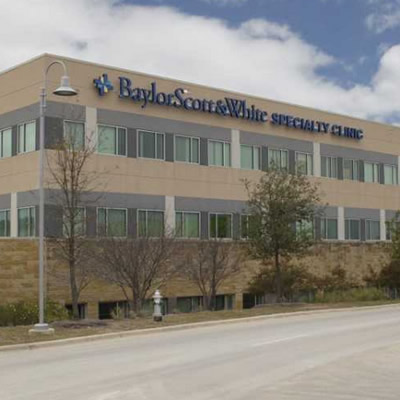
Baylor Scott & White Specialty Clinic - Lakeway
200 Medical Pkwy , Lakeway, TX, 78738- Monday: 8:00 am - 5:00 pm
- Tuesday: 8:00 am - 5:00 pm
- Wednesday: 8:00 am - 5:00 pm
- Thursday: 8:00 am - 5:00 pm
- Friday: 8:00 am - 5:00 pm
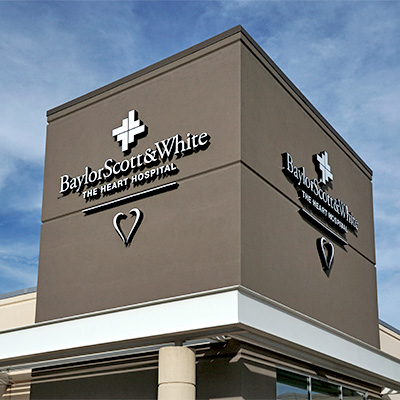
Baylor Scott & White The Heart Hospital - Denton
2801 S Mayhill Rd , Denton, TX, 76208
Baylor Scott & White The Heart Hospital - McKinney
5268 W University Dr , McKinney, TX, 75071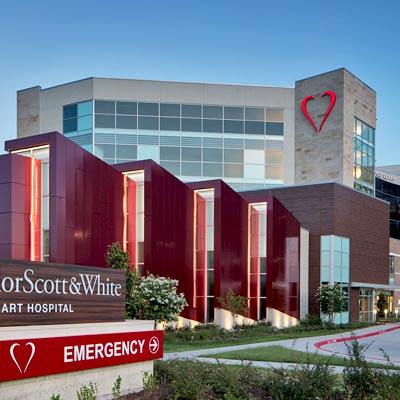
Baylor Scott & White The Heart Hospital - Plano
1100 Allied Dr , Plano, TX, 75093
Baylor Scott & White Vascular and Vein Clinic - Austin
2217 Park Bend Dr Ste 230, Austin, TX, 78758- Monday: 8:00 am - 5:00 pm
- Tuesday: 8:00 am - 5:00 pm
- Wednesday: 8:00 am - 5:00 pm
- Thursday: 8:00 am - 5:00 pm
- Friday: 8:00 am - 5:00 pm

Baylor Scott & White Vascular Surgery Specialists - Fort Worth
1250 8th Ave Ste 200, Fort Worth, TX, 76104- Monday: 8:30 am - 4:30 pm
- Tuesday: 8:30 am - 4:30 pm
- Wednesday: 8:30 am - 4:30 pm
- Thursday: 8:30 am - 4:30 pm
- Friday: 8:30 am - 4:30 pm

Baylor Scott & White Vascular Surgery Specialists - Grapevine
2020 W State Hwy 114 Ste 200, Grapevine, TX, 76051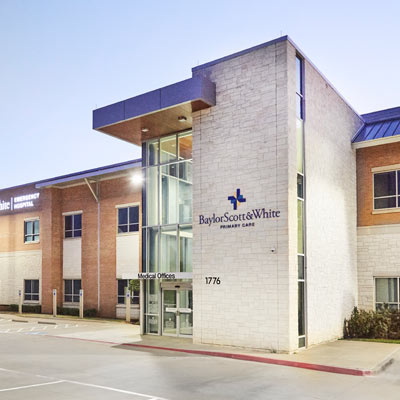
Baylor Scott & White Vascular Surgery Specialists - Mansfield
1776 N US 287 Ste 220, Mansfield, TX, 76063